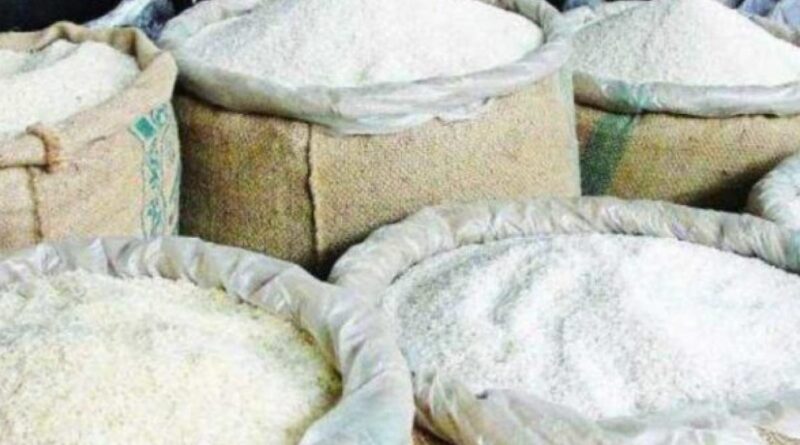India likely to achieve its rice output goal for kharif season
By Zia Haq
The country is likely to achieve its rice-output target of 111 million tonnes during the ongoing kharif or summer-sown season, as acreage under the grain stands higher than the average of the past five years and a late revival of the monsoon may help boost yields, a senior farm ministry official has said.
Last week, food secretary Sanjeev Chopra had said the government expected a bumper rice crop. Sufficient rice output is critical this year, as the country has been battling high cereal inflation for nearly 12 months, despite a series of measures to stem prices.
The area under kharif crops, which account for half of the country’s annual food supply, stands at nearly 108.8 million hectares, the same as last year, with a robust expansion in the area planted with rice at nearly 40 million hectares, up 3% from last year, despite a patchy monsoon. Robust rice production will boost procurement, or government’s purchase of rice for state-held granaries, boost supplies and could prompt the government restore exports.
India has banned the export of wheat and white rice, barred shipments of basmati below a price threshold, imposed a 40% duty on shipments of onion and removed tariffs on import of pulses to get a grip on food prices.
Ample food supplies are necessary to put a lid on high food inflation, a major concern for the government. Consumer inflation in August rose at a slower pace at 6.83% from a year ago than in the previous month, but it continues to be above the Reserve Bank of India’s target of 4% (+/-2), mainly because of higher food prices, according to official data. Cereal prices remained elevated at 11.6% in August, in comparison to 13% in July.
“We expect at the minimum to reach (output of) 110 million tonnes. A revival of rains has helped not only paddy but all crops,” the official cited above said.
Achievement of the agriculture ministry’s rice output target in an El Nino year of deficient monsoon will bring relief to consumers and farmers alike.
A revival of rains in September, helped by low-pressure systems, has brought good showers to states such as Rajasthan, Gujarat, Haryana, Maharashtra and Karnataka.
“These rains are greatly beneficial for sugarcane, rice, soyabean and pulses after a very dry August. However, pulses and oilseeds remain vulnerable,” said Abhishek Agrawal, an analyst with Comtrade, a trading firm.
Late rains have cut monsoon deficiency in the country as a whole to 8% from 11% two weeks ago. The monsoon is vital to Asia’s third-largest economy because it waters nearly half of India’s net-sown area and replenishes over 100 nationally important reservoirs critical for drinking, irrigation and energy.
Pulses, grown mostly in rain-dependent farm belts, continue to be a pressure point, with sowing lagging last year’s levels. Total pulses sown till mid-September stood at 11.9 million hectares, a fall of nearly 9% over last year.
Harvesting of rice usually commences in October but there could a delay in states such as Punjab, . “We have re-sown paddy with late-maturing varieties because of a poor monsoon,” said Jaipal Singh Nain, a member of the Bharatiya Kisan Union from Fazilka, Punjab.
However, concerns linger around some varieties of pulses and oilseeds. The area under arhar (pigeon pea), moong (green gram) and urad (black gram) — commonly consumed varieties — are lower by 6%, 8% and 14% respectively compared to last year. The oilseeds area is down by 1%.
Estimates for most crops depend on inputs provided by states, which often use crude “eye estimates” to gauge yields. However, the country is now deploying more sophisticated means to assess crops, including satellite and remote sensing technologies, developed by the Indian Space Research Organisation and deployed by the New Delhi-based Mahalanobis National Crop Forecast Centre (MNCFC).
“Both optical and microwave remote sensing data is used for crop acreage estimation, crop condition assessment and production forecasting under the FASAL programme implemented by the MNCFC,” the official said.
This article has been republished from The Hindustan Times

